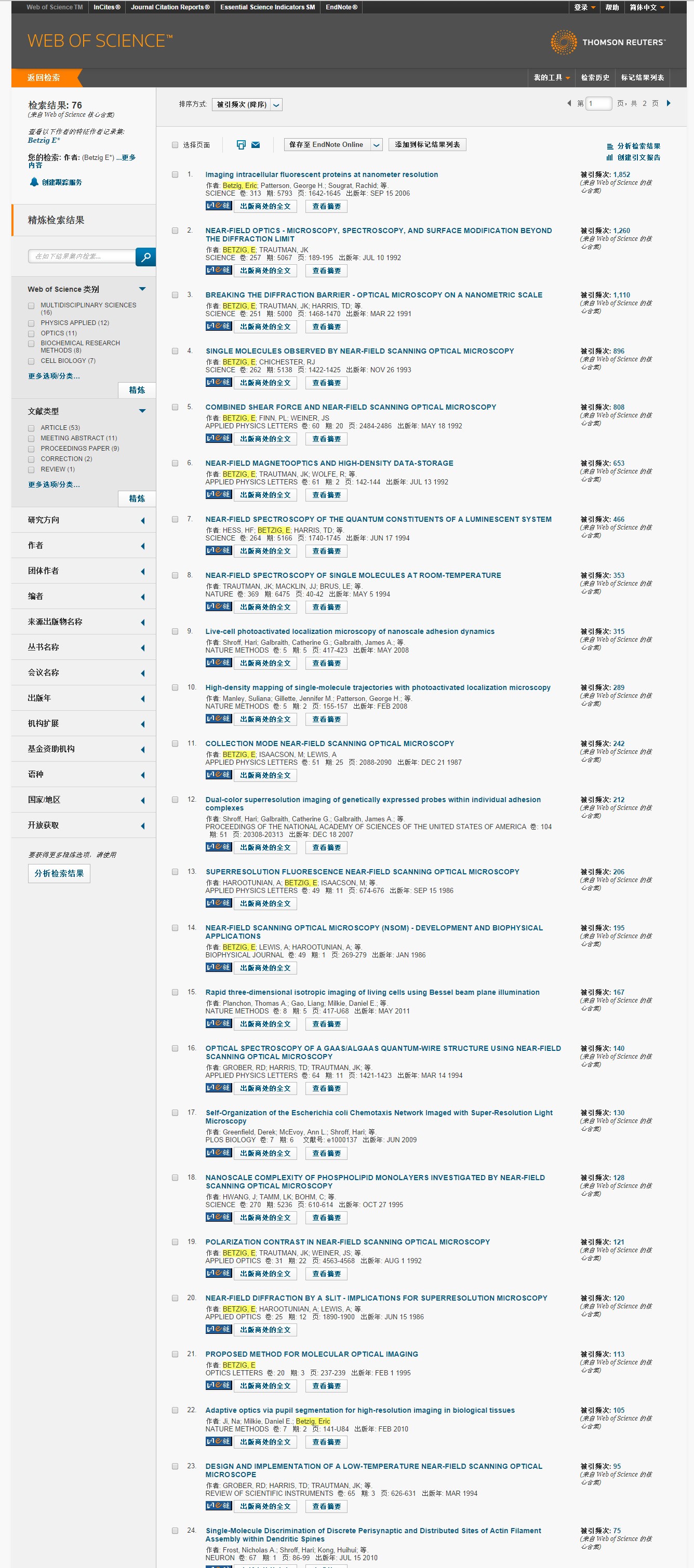博文
庄小威与2014三位诺贝尔化学奖得主的被引情况比较
|||
庄小威与2014三位诺贝尔化学奖得主的被引情况比较
诸平
关于2014年诺贝尔化学奖授予Eric Betzig是有异议的,徐磊就有《诺奖获得者 Eric Betzig 在超分辨率显微镜方面的贡献不如庄小威》,但是王鸿飞在《诺贝尔化学奖:学妹和学妹的先生》博文中也有“Eric Betzig该不该获这个奖?”的解答,另外还有“超分辨率显微到底谁该获奖,Betzig or Zhuang?”、“关于2014年诺贝尔化学奖给一位记者朋友的说明”和“诺贝尔奖有争议不足为奇”等。不管怎么讲,这些议论仅仅是一些个人不同的观点,对于正确认识2014年的诺贝尔化学奖无疑有所帮助。但是,通过谷歌学术搜索,得到了一些关于庄小威与2014年三位诺贝尔化学奖得主的被引情况,现简要介绍如下,供大家参考。
姓名 | 庄小威 | Eric Betzig | Stefan W. Hell | |
高引论文/篇 (被引频次>1000次) | 1 | 5 | 2 | 1 |
最高被引频次 | 2180 | 2667 | 1638 | 1475 |
最低被引频次 |
| 1070 | 1534 |
|
累计被引频次 | 14812 |
|
| 26600 |
2009年以来被引频次 | 10968 |
|
| 10253 |
H指数 | 56 |
|
| 76 |
2009年以来H指数 | 49 |
|
| 48 |
1 庄小威论著被引情况
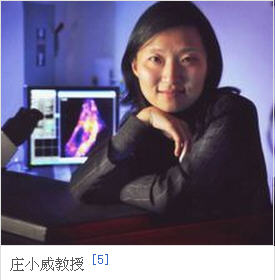
通过谷歌学术搜索,庄小威论著累计被引14812次(截至2014-10-10),2009年以来被引10968次,占被引总数的74%;但是被引超过2000次的论文一篇,是2006年发表于NATURE methods的Sub-diffraction-limit imaging by stochastic optical reconstruction microscopy (STORM),其余论著被引频次均在1000次以下;总H指数56,2009年以来的H指数为49,详见下面截图: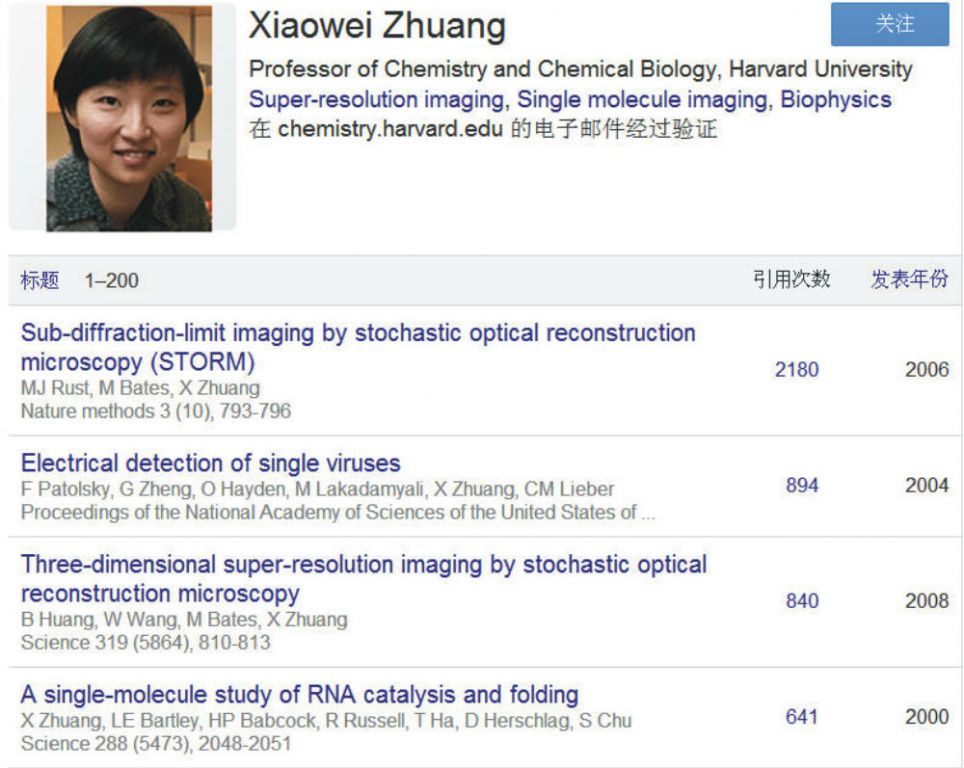
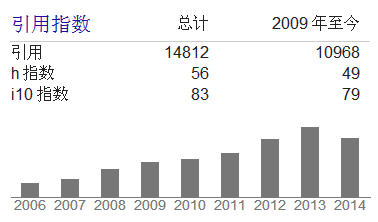
2 Eric Betzig论著被引情况
Eric Betzig论著被引信息,看来他的论著不少,但是被引用在100次以上的就只有10余篇(张吉博主通过Web Of Science检索了Eric Betzig的论文收录情况,有22篇被引次数在100次以上,但是被引1000次以上的只有3篇,而且最高被引频次为1852次,详见文末截图),其中被引最多的是2006年发表于“Science”的论文——Imaging intracellular fluorescent proteins at nanometer resolution,累计被引2667次;累计被引用1000次以的还有1992年和1993年在Science发表的2篇论文,其余论著被引频次均在1000次以下,下面摘录了被引在1000次以上的几篇,供大家参考。
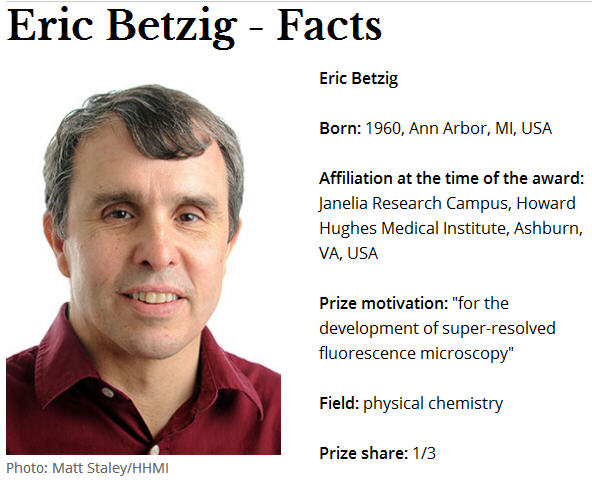
Eric Betzig的高引论著(>1000次)摘录:
spatial resolution. Numerous sparse subsets of photoactivatable fluorescent protein
molecules were activated, localized (to~ 2 to 25 nanometers), and then bleached. The ...
can be exploited to image, spectroscopically probe, or modify surfaces at a resolution (down
to~ 12 nm) inaccessible by traditional far-field techniques. Many of the attractive features ...
less than the wavelength (λ) is placed in close proximity (λ/50) to a sample to generate
images with resolution better than the diffraction limit. A near-field probe has been ...
imaged with near-field scanning optical microscopy. Molecules can be repeatedly detected
and spatially localized (to~ λ/50 where λ is the wavelength of light) with a sensitivity of at ...
ease of use of near‐field scanning optical microscopy (NSOM). The method relies on the
detection of shear forces between the end of a near‐field probe and the sample of interest. ...
3 Stefan W. Hell被引在1000次以上的论文只有2篇
Stefan W. Hell论著被引频次最多的是1994年发表于Optics Letters的论文,累计被引1638次,其次是2007年发表于Science的论文,累计被引1534次,其余论著被引频次均在1000次以下。
the far field. We overcome the diffraction resolution limit by employing stimulated emission to
inhibit the fluorescence process in the outer regions of the excitation point-spread function ...
inability of a lens-based optical microscope to discern details that are closer together than
half of the wavelength of light. However, for its most popular imaging mode, fluorescence ...
4 William Esco Moerner论著被引情况
威廉姆·艾斯科·莫尔纳尔(William Esco Moerner,1953-)的论著被引在1000次以上的只有1篇,但是累计被引用超过2.6万次,2009年以来被引超过1万次。详见以下截图:


可见高引可能是获得诺贝尔奖的影响因素之一,但是并不是一个决定因素。按照这样的推论,获得汤森路透引文桂冠奖的作者,在10余年之内有可能获得诺贝尔奖,但是也不是每个人都能够那么幸运。因此,多一份心思专注研究,少一份心思等候期盼,反倒有可能成为幸运儿。
https://blog.sciencenet.cn/blog-212210-834288.html
上一篇:中村修二(Shuji Nakamura)及其高引论著
下一篇:未来的城市应该是这样的?
